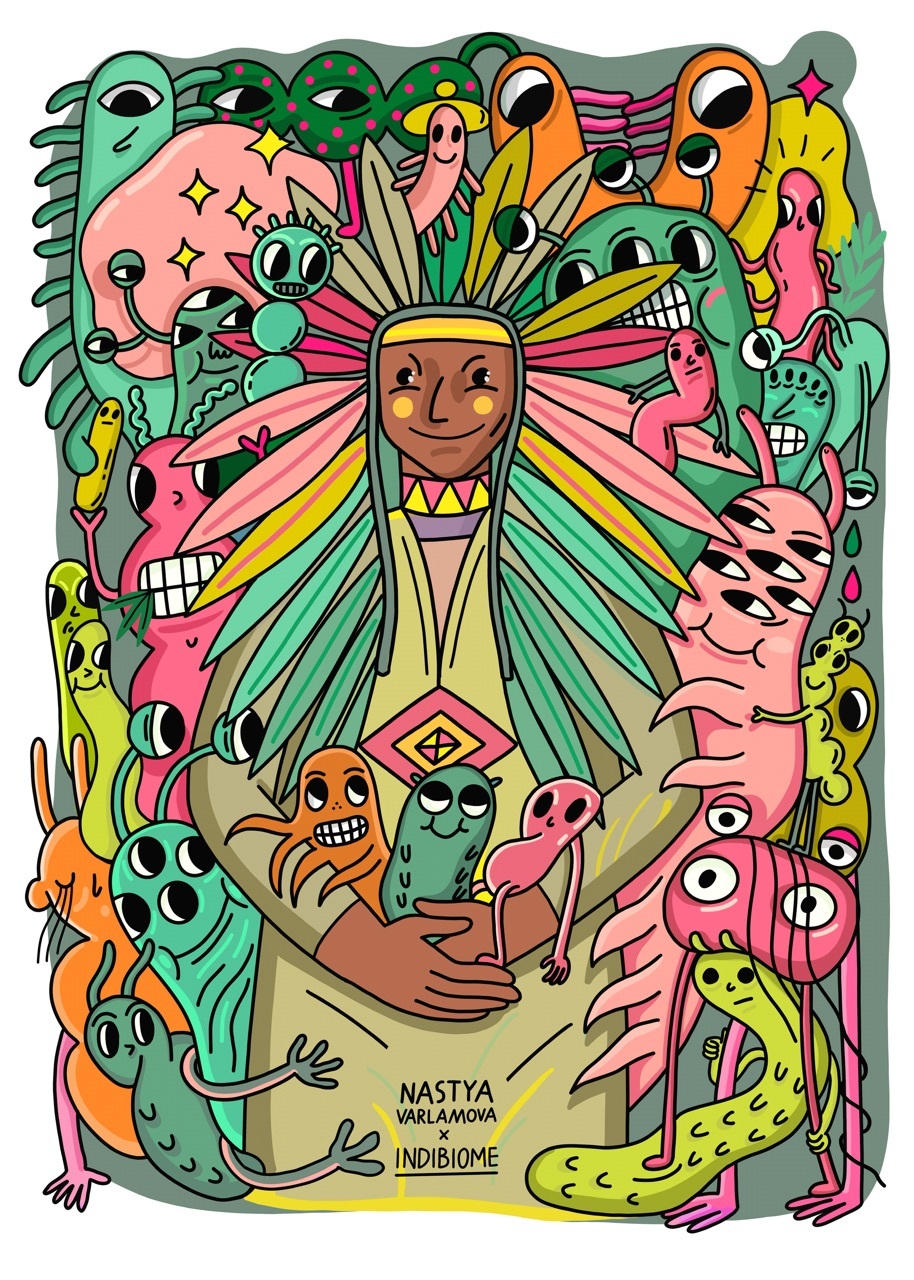https://habr.com/en/post/451078/I would like to share main points of my Skolkovo application for Startup Village 2019 pitch.
Indibiome labs
Project Executive Summary indicating current developments and basic goals of the Project
Indibiome labs for kids are franchise network food labs providing safe environment where kids (13+) will learn how to analyse the food content and study influence of foods on health and will spread this knowledge through social networks, therefore educating other kids and adults in the field of healthy nutrition.
Describe the problem to be solved by the project
In some of the countries kids obesity epidemic has reached terrifying 30 percent, ADHD in developed countries is from 7 (in UK) to 15 (US) percent, Autism is approaching one in fifty, researchers from the SEARCH for Diabetes in Youth study released data showing that type 2 diabetes in 10- to 19-year-olds had increased 21 percent between 2001 and 2009. It is well researched that nutrition has one of the key roles in all of the diseases above, non the less situation with nutritional education is very poor.
Topped up by decreasing activity increased sugar consumption over last 20-30 years provides scary perspective how the generation of people who are young now will look 20 years after.
Public organisations a struggling with industrial companies to lower added sugar content, while shiny packaging and low availability of fresh healthy food for low/medium income families are promoting epidemics.
While hundred years ago we were happy to battle infections with antibiotics, today the same weapon is shooting back at our kids deteriorating microbiome which in synergy with low amount of consumed fibre (at least 50 percent of WHO recommended norms) leads to inflammation. All of the diseases above have inflammation as a trigger factor.
School education on nutrition is there however it looks like adults have failed trust of the kids producing so much informational noise and false advertisement for decades now that no teacher can outrun sugar craving, information just can not reach young humans.
How does the project solve the described problem and what does the innovative approach consist in
Indibiome labs are safe learning environment where kids playfully study the content of the foods from the shelves of the nearby supermarkets under supervision of scientists. Having acquired the results kids shoot small videos to the joint indibiome youtube channel and make entry in the global database “indibiome foods”. Kids are honest and sincere by nature, that is why most of the kids 10+ prefer to choose channels produced by other kids, this is indeed a powerful tool.
Indibiome labs are using powers of local universities and hire local scientists to guide kids in the real research projects, therefore supporting academic sharing and growth, as in many countries (take Russia) scientists are not really well paid. There is no problem to find scientist who will be happy to help kids to research and enjoy that. In addition this solves issue of device addiction, as kids will be using devices for purpose: producing and watching useful content.
The problem of safety is there, as for instance it will be unsafe to study probiotic content due to pathogen risk. This could be solved by innovation in lab equipment building isolated boxes where all the operations could be done by robotics or thick-gloves manipulators therefore not exposing kids to any danger, equipment should be cleaned when kids are at school (first part of the day).
A lot of food content could be studied by color reactions (as an example
www.sciencecompany.com/Food-Chemistry-Experiments.aspx has chemistry for sugar, protein, fat and vitamin C); digitalised by OEM cameras pictures could be used to compare vitamin content of fruits and vegetables using the standards produced and calibrated in a centralised manner.
Examples above could also include kids writing algorithms, producing robotics using FAB labs, wet lab young experimentators and kids interested in shooting videos or producing animation — which is a team work experience so much needed in otherwise competitive education.
Another part of innovation is producing new chemicals for detecting more and more components of the food.
Another interesting part of the project is food trials, where kids could use shelf products and dry blood spot test to measure effects of healthy food on their parents. This type of experiments will have protocols developed by kids themselves, however under supervision of nutritionists.
The last example is food microscope analysis, which is indeed a great application of microscopes, so much loved by children. One of the most popular microscopes is hand microscope by British Museum of Natural History which costs only 12 GBP. Indibiome is dedicated to develop analogous device with specifics to food research, so that kids will have ability to check the food while baing around and the more they experiment the easier it is for them to tell the good from the bad.
Social network reports should provide a great feed back to the companies so that those would change their recipes to be compliant to high standards of healthy food.
Technology
Technology will include creating safe closed box robotics, chemicals and microscope equipment as hardware and software algorithms with databases about the foods studied in the lab.
Commercialisation
Report says that ed-tech for kids is one of the most growing segments. Some of the countries spend from 30 to 70 thousand USD a year for kids education
link
Parents are ready to pay for education and subscription for reagents delivery should make a good business, long term strategy is selling and deploying the labs themselves.
Yet another solution is RnD research for Small/Medium enterprises doing paid for trials.
